How to Conduct LVD Testing: A Step-by-Step Guide for Compliance
Master LVD testing with our step-by-step guide to ensure compliance and product safety.
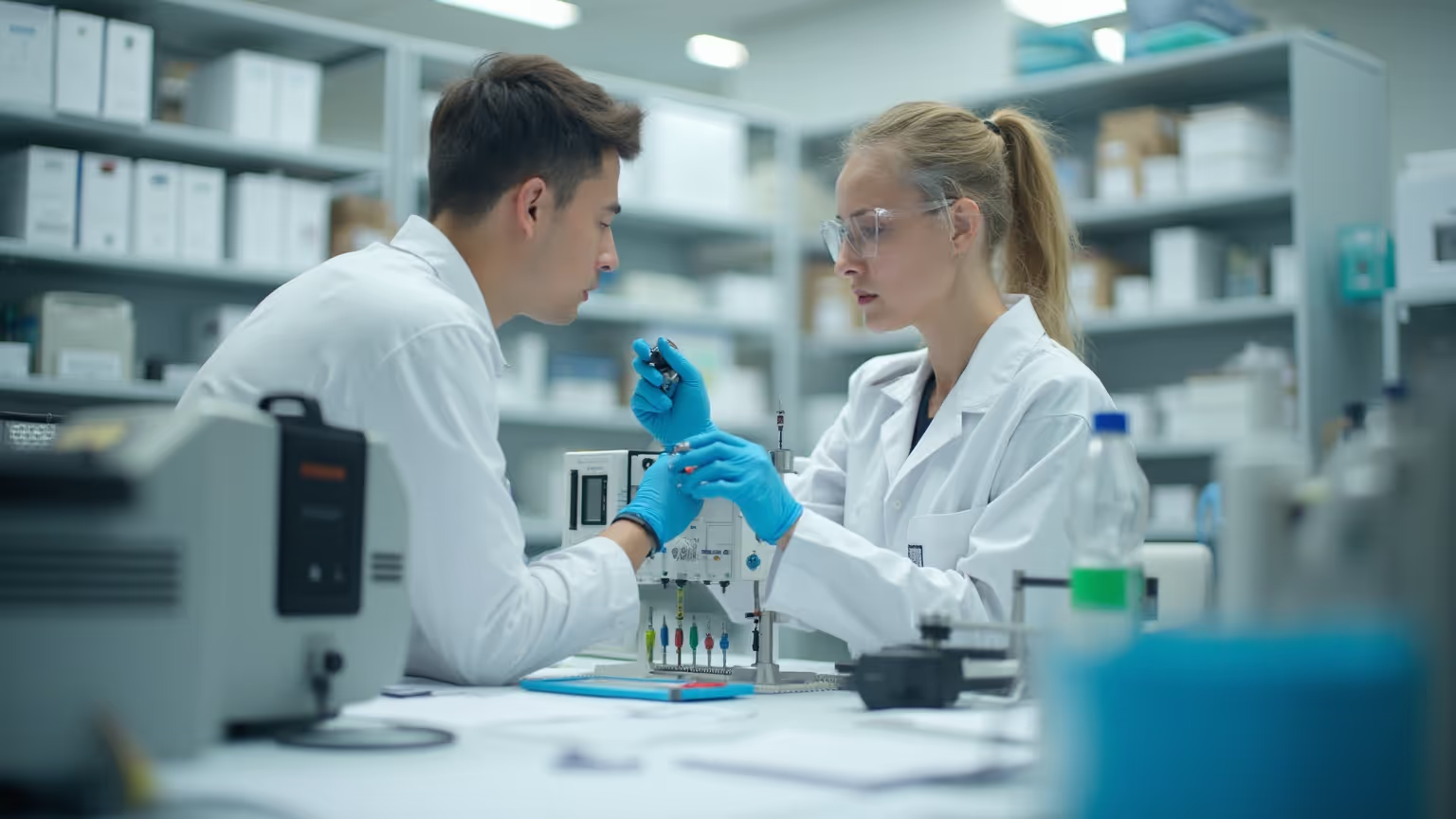
Overview:
The article provides a comprehensive step-by-step guide on how to conduct LVD (Low Voltage Directive) testing to ensure compliance with safety standards for electrical equipment operating within specified voltage limits. It emphasizes the importance of proactive adherence testing, risk assessments, and thorough documentation, explaining that these measures not only prevent avoidable product returns and negative reviews but also enhance consumer safety and brand reputation in a complex regulatory environment.
Key Highlights:
- The Low Voltage Directive (LVD) ensures safety for electrical equipment operating between 50-1000 volts AC and 75-1500 volts DC.
- D2C brands must understand LVD to prevent avoidable returns and negative customer reviews, as 60% of returns are due to issues that could be avoided.
- Proactive adherence testing and quality control measures are essential for maintaining brand reputation and consumer safety.
- Key steps in LVD testing include identifying relevant criteria, conducting risk assessments, preparing for testing, and documenting results.
- Manufacturers face challenges in understanding complex regulations, resource allocation, and maintaining comprehensive documentation.
- Harmonized standards like EN 60335 and EN 60950 are crucial for compliance and safety of household and IT equipment.
- Certification bodies conduct testing, issue certificates, provide guidance, and ensure ongoing compliance through audits.
- Staying updated on regulatory changes is vital for manufacturers to maintain adherence and ensure market readiness.
Introduction
Navigating the landscape of electrical safety regulations can be daunting for manufacturers, particularly with the stringent requirements set forth by the Low Voltage Directive (LVD). This directive, established by the European Union, is not merely a compliance hurdle; it serves as a critical framework that ensures the safety and reliability of electrical equipment operating within specified voltage limits.
For direct-to-consumer (D2C) brands, understanding the nuances of the LVD is essential—not only to avoid costly legal repercussions and product recalls but also to safeguard brand reputation and consumer trust. As quality issues can lead to significant returns and lost sales, proactive compliance testing and robust quality assurance measures emerge as indispensable strategies for success.
This article delves into the importance of the LVD, outlines the step-by-step process for compliance testing, and highlights the key harmonized standards that manufacturers must adhere to in order to thrive in a competitive market.
Understanding the Low Voltage Directive (LVD): Importance and Scope
The Low Voltage Directive (LVD), enacted by the European Union, plays a crucial role in ensuring the safety of electrical equipment operating within specified voltage limits—50 to 1000 volts for alternating current (AC) and 75 to 1500 volts for direct current (DC). For D2C brand owners, grasping the LVD is not solely about adherence; it’s a crucial step in averting issues that can result in returns—up to 60% of which are due to avoidable concerns. By implementing on-site inspections, brands can catch potential issues early, thus safeguarding their reputation against negative reviews, as 94% of customers have opted against purchases due to bad reviews.
This highlights the importance of adherence and quality assurance in safeguarding both consumers and item integrity. Producers who overlook regulations risk substantial legal consequences, including penalties and recalls, along with reputational harm that can greatly affect their market competitiveness. Moreover, in an era where 67% of global executives find ESG regulations complex and 35% of business leaders perceive third-party breaches as a major threat, prioritizing LVD adherence is essential.
Comprehending AQL numbers is also essential; these metrics direct the sampling procedure during inspection, ensuring the acceptable levels of excellence for batches. Together, these insights highlight the necessity of proactive adherence testing, such as lvd testing, and robust quality control measures in strengthening brand reputation and ensuring consumer safety, while also emphasizing the importance of avoiding bad reviews.
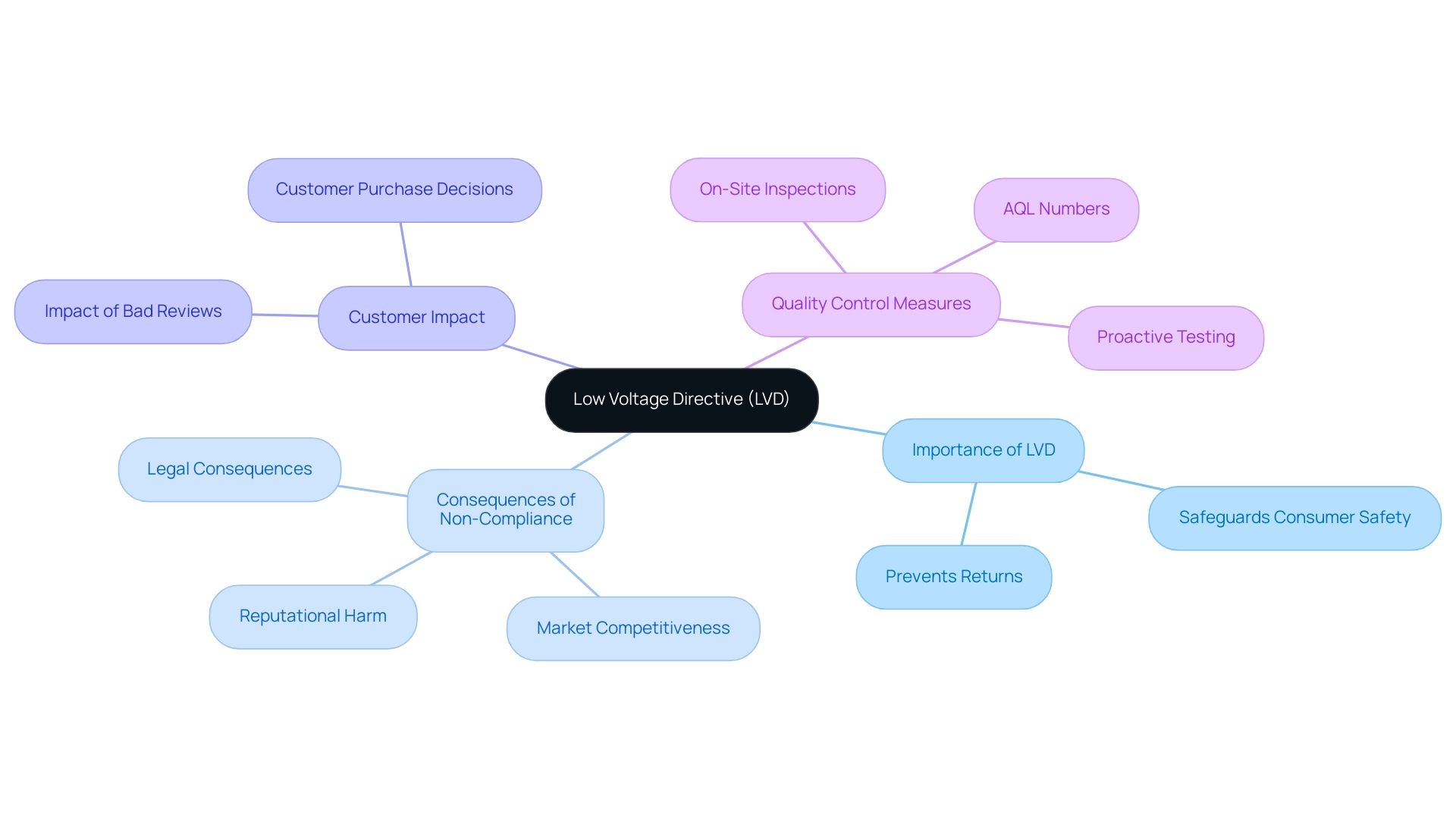
Step-by-Step Process for Conducting LVD Testing
-
Identify Relevant Criteria: The initial phase in guaranteeing adherence to the Low Voltage Directive (LVD) is to determine the harmonized criteria that pertain to your item. For instance, household appliances typically fall under EN 60335, while information technology equipment is governed by EN 60950. Understanding these standards is crucial for compliance.
-
Conduct a Risk Assessment: A thorough risk assessment is essential to evaluate potential hazards associated with your item. This includes identifying electrical, thermal, and mechanical risks. Documenting these findings is vital, as they will guide your testing process and help mitigate any risks before they escalate. As noted by Peter Jolles,
F2 Labs performed a deep dive into the two EU regulations to figure out what is new, what is staying, and what has been removed, highlighting the importance of keeping abreast of regulatory changes.
-
Prepare for Testing: Ensure that your product is fully prepared for testing. This preparation may involve assembling prototypes and confirming that all components are functional and in working order, which is necessary for accurate testing outcomes.
-
Perform LVD Testing: Engage a certified testing laboratory such as SGS, UL Solutions, TUV SUD, or Intertek to conduct the required assessments. Testing may include dielectric strength, insulation resistance, and temperature rise tests—all critical to demonstrating compliance with the relevant standards. Moreover, including on-site inspections from OpsNinja can help identify issues early, preventing returns that arise from avoidable problems and thus protecting your brand reputation. Remember, 60% of returns are due to avoidable issues, making this step crucial.
-
Document Results: Collect and document all test results meticulously. This documentation is crucial to confirm that your item meets the requirements outlined in the relevant standards, forming the backbone of your adherence evidence. It's also crucial to maintain quality assurance practices to prevent negative reviews that can deter potential customers. In fact, 94% of customers have avoided making a purchase due to a bad review, underscoring the importance of thorough documentation.
-
Implement Corrective Actions: Should any tests fail, it is imperative to implement corrective actions to address the identified issues. Retesting is necessary to ensure that your product now meets regulatory standards.
-
Compile Technical Documentation: Prepare the technical documentation required for adherence, which should include test reports, risk assessments, and user manuals. This documentation is key to demonstrating conformity with the LVD.
-
Obtain Certification: Finally, submit your compiled documentation to a recognized certification body to acquire the necessary certification. This step solidifies your offering's adherence to the LVD, paving the way for market entry. Furthermore, it is essential to remain updated on the new regulations associated with the New Legislative Framework, as these alterations can greatly affect documentation and requirements for manufacturers. By ensuring thorough adherence testing and operational oversight, D2C brands can enhance their quality assurance, ultimately fostering trust and loyalty among consumers. Remember, with OpsNinja, you can rest easy knowing you will never get a bad batch, allowing you to focus on building your business.
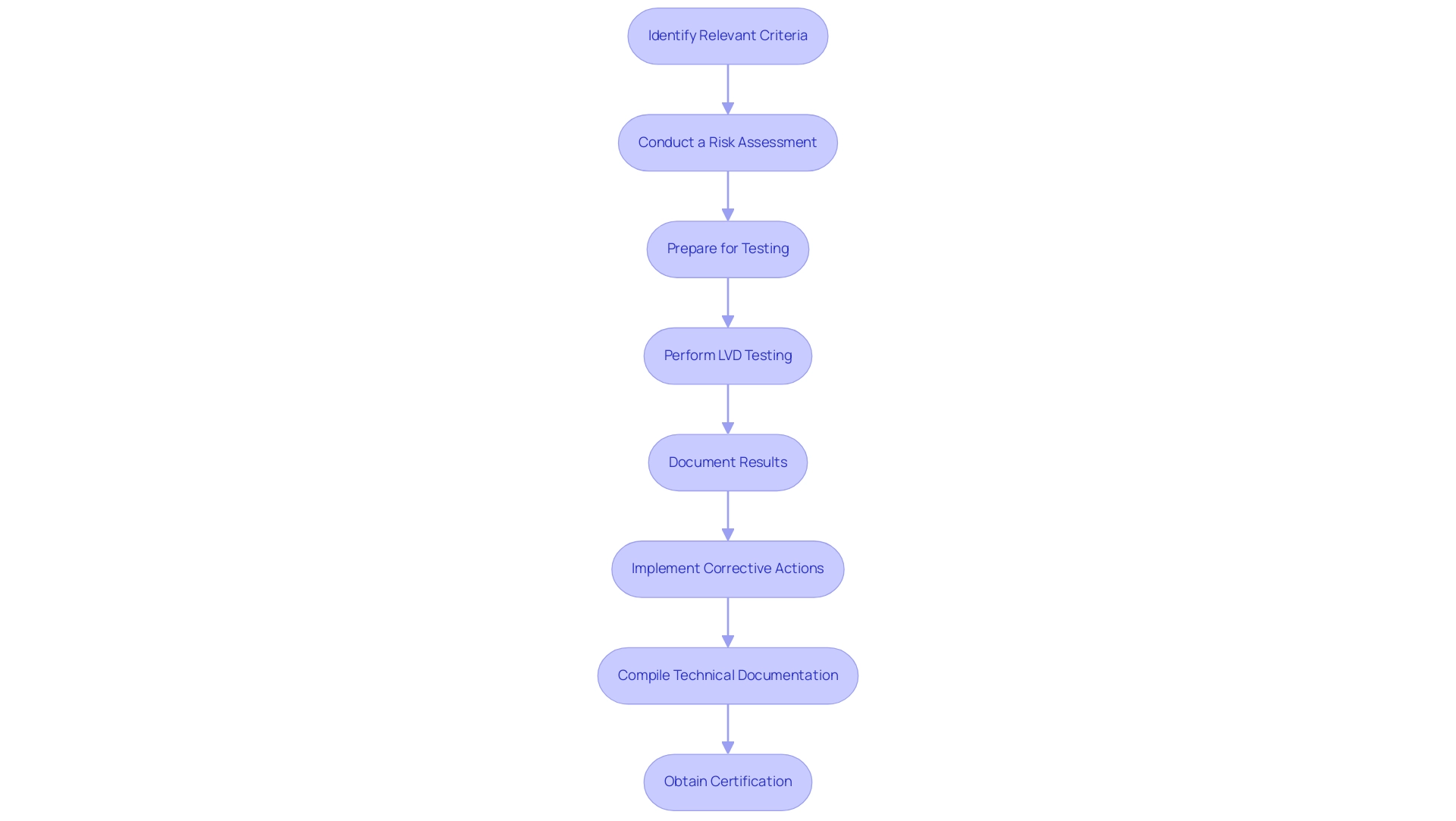
Navigating Challenges in LVD Compliance Testing
Manufacturers frequently face a range of challenges when navigating LVD compliance testing, including:
-
Understanding Complex Regulations: The Low Voltage Directive (LVD) encompasses detailed and often intricate standards that can lead to misunderstanding regarding specific compliance requirements. Compliance testing ensures items meet these regulatory standards before they go to market. Working with regulatory specialists or advisors can offer crucial insight and direction in understanding these rules, ensuring adherence to product standards required for D2C brands.
-
Resource Allocation: Conducting LVD testing is inherently resource-intensive, requiring a substantial investment of time, skilled personnel, and financial resources. To mitigate these challenges, it is crucial for manufacturers to plan meticulously and allocate resources effectively, ensuring they are well-prepared for the testing process. Highlighting non-destructive testing (NDT) techniques can improve eCommerce assurance, enabling effective resource management while ensuring adherence.
-
Documentation Requirements: Comprehensive documentation is vital for demonstrating adherence to the LVD. Producers should adopt a structured method for recording all testing procedures and outcomes, which acts not only as a record of adherence but also as a resource for internal audits and assurance, especially crucial for D2C brands striving to establish consumer trust.
-
Managing Non-Conformities: In situations where an item does not meet compliance criteria, prompt action is crucial to resolve the identified issues and retest the item. Holds up in this process can obstruct launches and increase expenses, emphasizing the necessity for a strong assurance framework that incorporates the Process Capability Index (CPK). The CPK is a statistical metric that assists in tracking process efficiency and capability, ensuring that products consistently meet quality criteria.
-
Keeping Up with Changes: Regulatory standards are subject to change, and manufacturers must remain vigilant to adjust their adherence strategies accordingly. Regular training and updates for staff can ensure that the organization is equipped to navigate these evolving requirements. As emphasized by industry leaders, effective resource allocation and adherence to regulatory changes are essential for maintaining adherence to standards and ensuring a seamless market entry. QIMA states, "With us, you can confidently bring your products to the EU market, secure in the knowledge that you meet all legal and safety obligations."
In a rapidly evolving landscape, manufacturers are encouraged to leverage advancements, such as AI technologies, to enhance their testing protocols. While a case study titled "Revolutionizing Test Automation: How AI Enhances Quality Assurance" discusses how AI technologies are transforming test automation practices, it is important to maintain focus on regulatory testing and CPK. Additionally, it is recommended for importers to perform their own laboratory tests to validate supplier assertions of adherence, ensuring due diligence in the process.
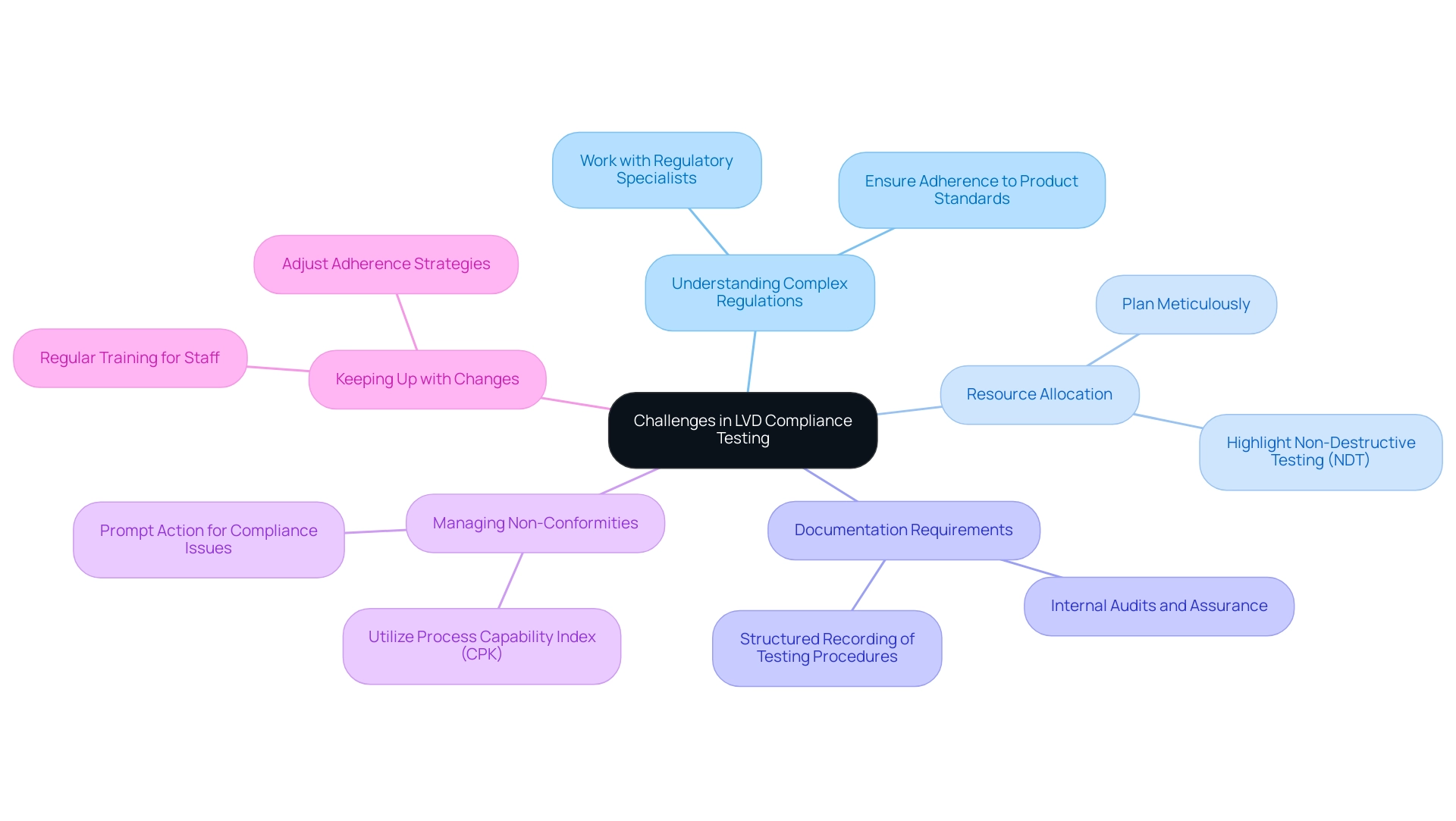
Key Harmonized Standards for LVD Compliance
Grasping the crucial harmonized guidelines is vital for guaranteeing adherence to lvd testing as required by the Low Voltage Directive (LVD). Each guideline plays a significant role in item safety and regulatory compliance:
-
EN 60335: This guideline is crucial for the safety of household and similar electrical appliances, addressing critical issues such as electrical shock protection and fire hazards, which are vital for consumer safety.
-
EN 60950: Specifically designed for information technology equipment, this guideline outlines the safety requirements for devices such as computers and peripherals, ensuring they operate securely within user environments.
-
EN 61010: This guideline applies to electrical equipment utilized in measurement, control, and laboratory settings, emphasizing the importance of safety in diverse operational environments.
-
EN 61558: Focusing on transformers and power supply units, this guideline establishes safety requirements that ensure adequate insulation and protection against electric shock, which are critical for maintaining equipment safety.
-
EN 62368: This newer guideline merges the requirements of both EN 60950 and EN 60065, targeting audio/video, information, and communication technology equipment. Its thorough strategy is crucial for producers seeking to fulfill contemporary safety requirements through lvd testing.
Manufacturers must educate themselves about lvd testing regulations to ensure adherence and safeguard their products, thus boosting consumer confidence and safety. Additionally, it is important to stay updated with the upcoming amendments to Implementing Decision (EU) 2023/2723 scheduled for 19 April 2024 and 30 October 2024, which will further affect regulatory requirements. As indicated by Sicom Testing, 'for the machinery directive, a risk assessment must be conducted in accordance with the EN/ISO 12100 guideline.' This highlights the importance of following unified guidelines like EN 60204-1 for thorough risk management.
Additionally, the case study on user information underscores the significance of offering item instructions and safety details in the national languages of EU member nations, ensuring consumer safety and adherence.
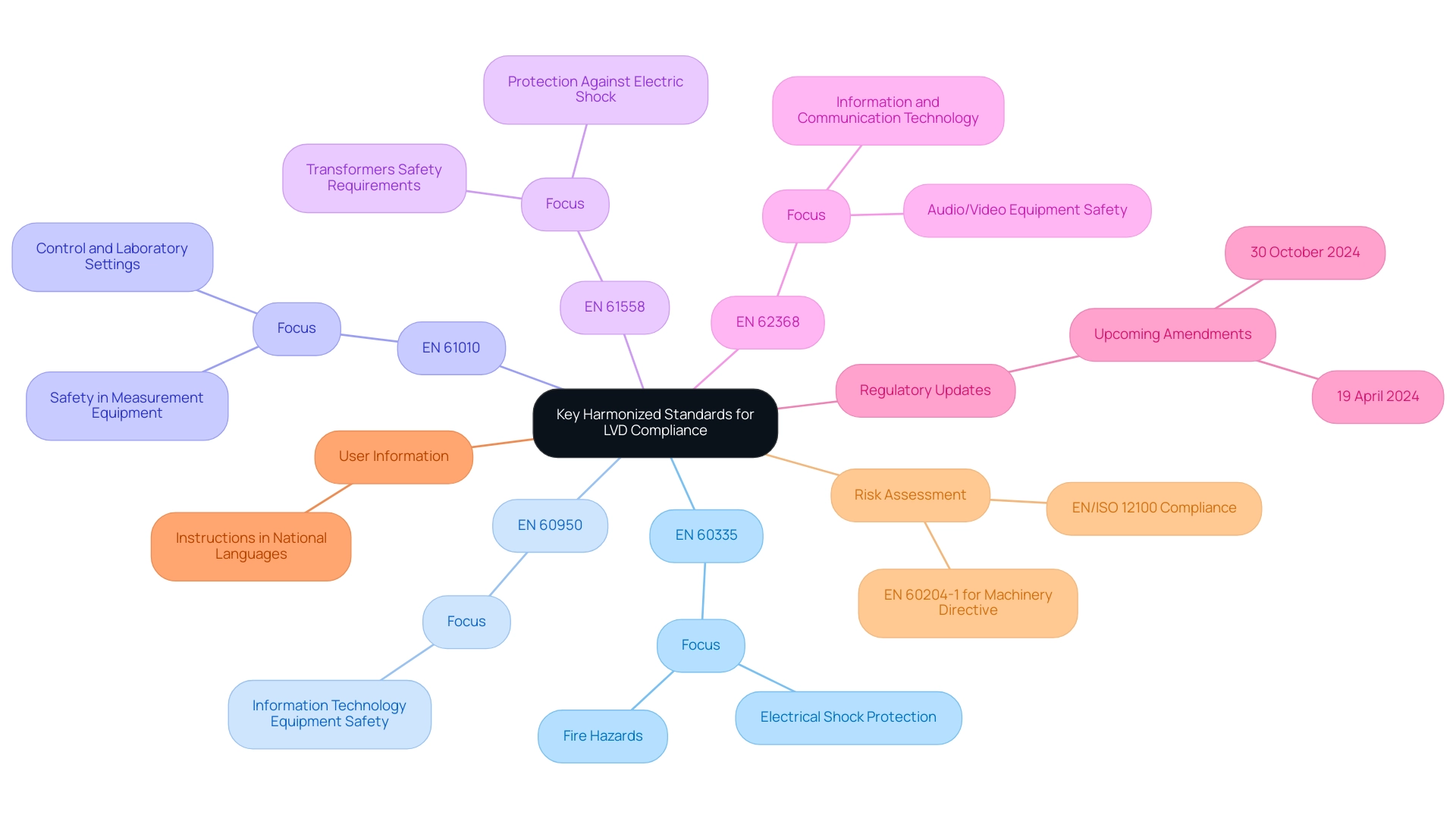
The Role of Certification Bodies in LVD Compliance
Certification organizations play a crucial role in the testing process, ensuring that items meet regulatory requirements before they are released to the market. Compliance testing, including LVD testing, is essential for verifying safety and conformity, particularly under the Low Voltage Directive (LVD). Their duties include several crucial functions vital for D2C brand owners:
-
Conducting Testing: Certification bodies carry out essential testing to evaluate whether items meet relevant harmonized criteria, thus ensuring safety and adherence, which is important for maintaining item assurance.
-
Issuing Certificates: After successful testing and a thorough review of documentation, these organizations provide certification of adherence. This certification is crucial for D2C brands aiming for market entry within the EU, strengthening their dedication to excellence and safety.
-
Providing Guidance: Numerous certification organizations provide invaluable resources and expert advice, assisting manufacturers in navigating regulatory requirements and applying best practices efficiently. This is especially important as 67% of global executives find ESG regulations intricate, highlighting the need for informed partners in adherence efforts.
-
Conducting Audits: To ensure ongoing conformity, some certification bodies perform periodic audits, adding a crucial layer of assurance for D2C brands regarding their offerings' adherence to safety standards.
-
Staying Updated: These organizations are generally knowledgeable about the latest regulatory changes and standards, allowing them to provide timely updates to manufacturers. This expertise is crucial for D2C brands striving to remain compliant amidst evolving regulations.
Additionally, understanding the Process Capability Index (CPK) can provide D2C brands with insights into their production processes' ability to produce output within specified limits, further enhancing quality assurance. Forming a partnership with a reputable certification organization can significantly simplify the adherence process and enhance product credibility in the marketplace. Furthermore, while 65% of respondents believe they have adequate funding for regulatory efforts, the requirement for larger budgets is clear among 58% of security and IT professionals. This highlights the financial consideration of engaging with certification bodies, which can ultimately strengthen security and accelerate compliance efforts, as noted by Secureframe.
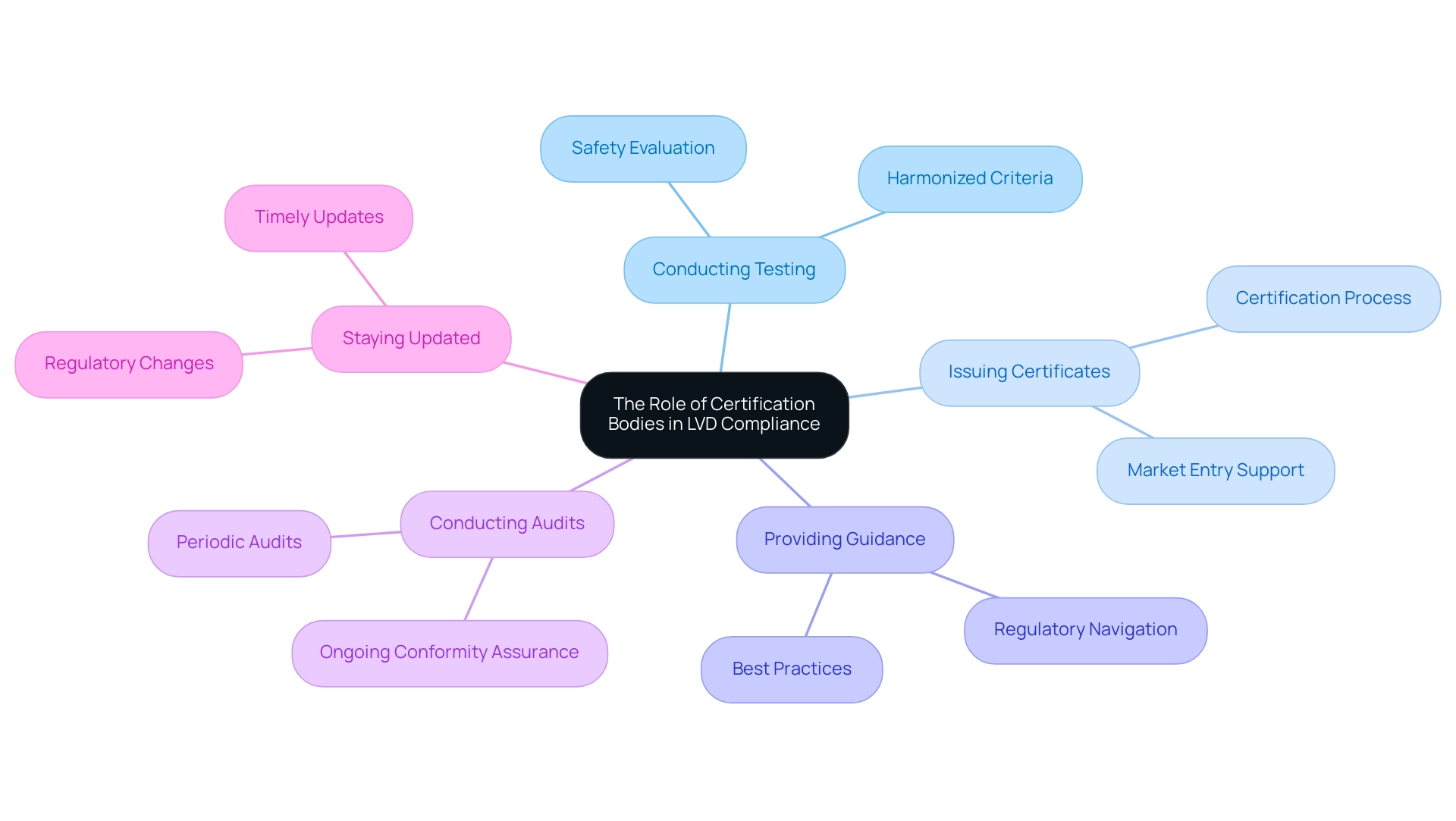
Conclusion
Navigating the complexities of the Low Voltage Directive (LVD) is paramount for manufacturers, particularly those in the direct-to-consumer space. Understanding and adhering to the LVD not only ensures compliance but also plays a critical role in safeguarding product integrity and consumer trust. By implementing thorough compliance testing processes and leveraging the key harmonized standards, manufacturers can proactively address quality issues that could otherwise lead to costly returns and reputational damage.
The step-by-step approach to LVD compliance—ranging from identifying applicable standards to obtaining certification—underscores the importance of meticulous planning and execution. Challenges such as resource allocation, complex regulations, and the need for comprehensive documentation must be effectively managed to ensure a smooth compliance journey. Moreover, collaboration with certification bodies can provide invaluable support and expertise, enhancing the overall compliance strategy.
Ultimately, prioritizing LVD compliance is not just about meeting regulatory requirements; it is a strategic imperative that fosters brand reputation, consumer safety, and market competitiveness. By committing to robust quality assurance measures and staying informed about regulatory changes, manufacturers can not only navigate the complexities of the LVD but also position themselves for long-term success in a competitive landscape.



